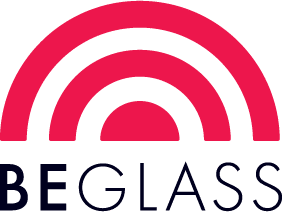Overview
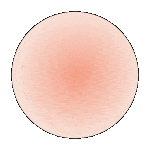
Striker
This style may not reveal (strike to) its target color until fired.
Reactive Potential
Contains: Sulfur (S) / Selenium (Se)
May React With: Copper (Cu), Lead (Pb), and Silver (Ag)
Forms of Glass
Sheet Glass (-0030, -0050), Frit (-0001, -0002, -0003, -0008), Rod (-0576, Stringer (-0107) and Confetti (-0004)
Detailed Information
About 000120 Sheet Glass
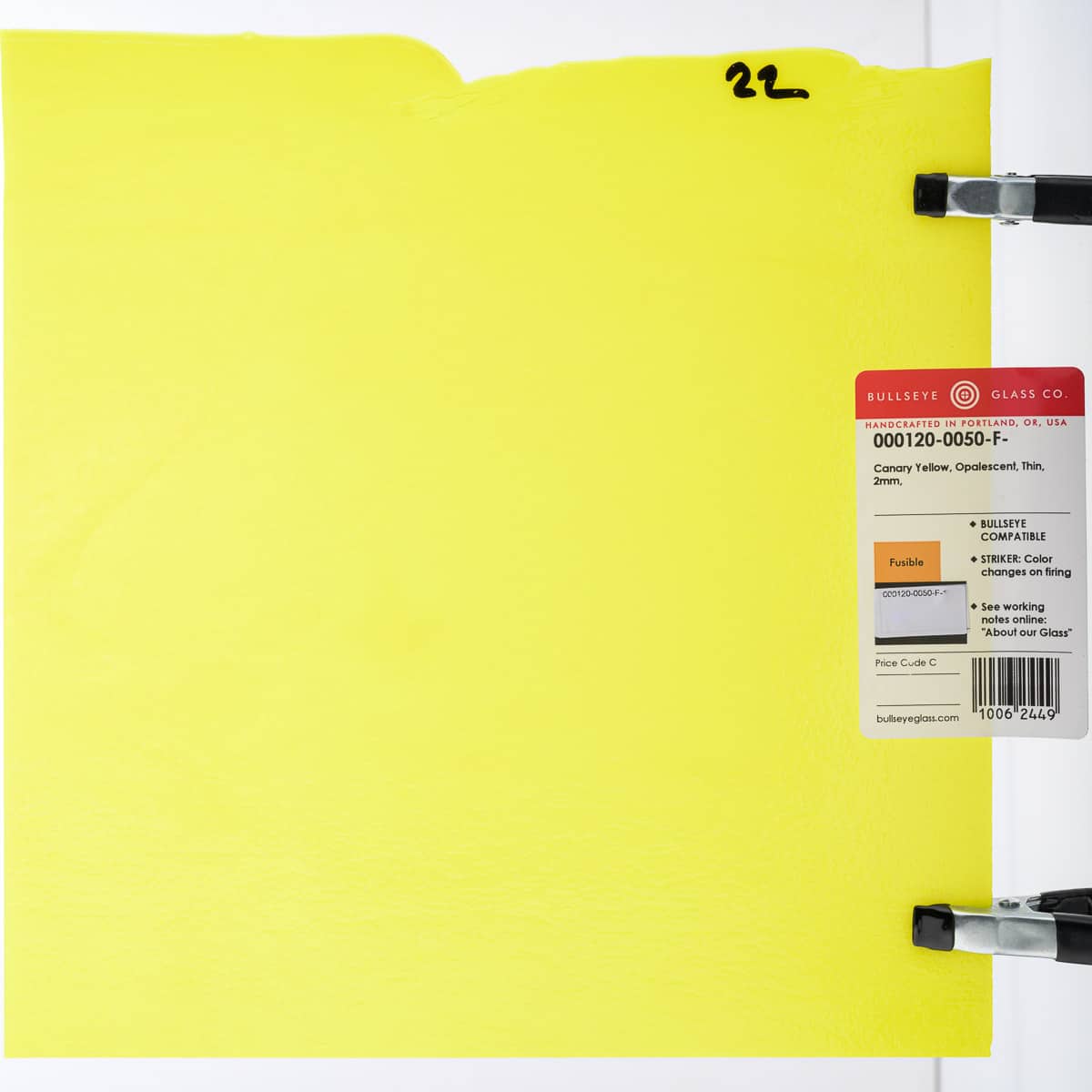
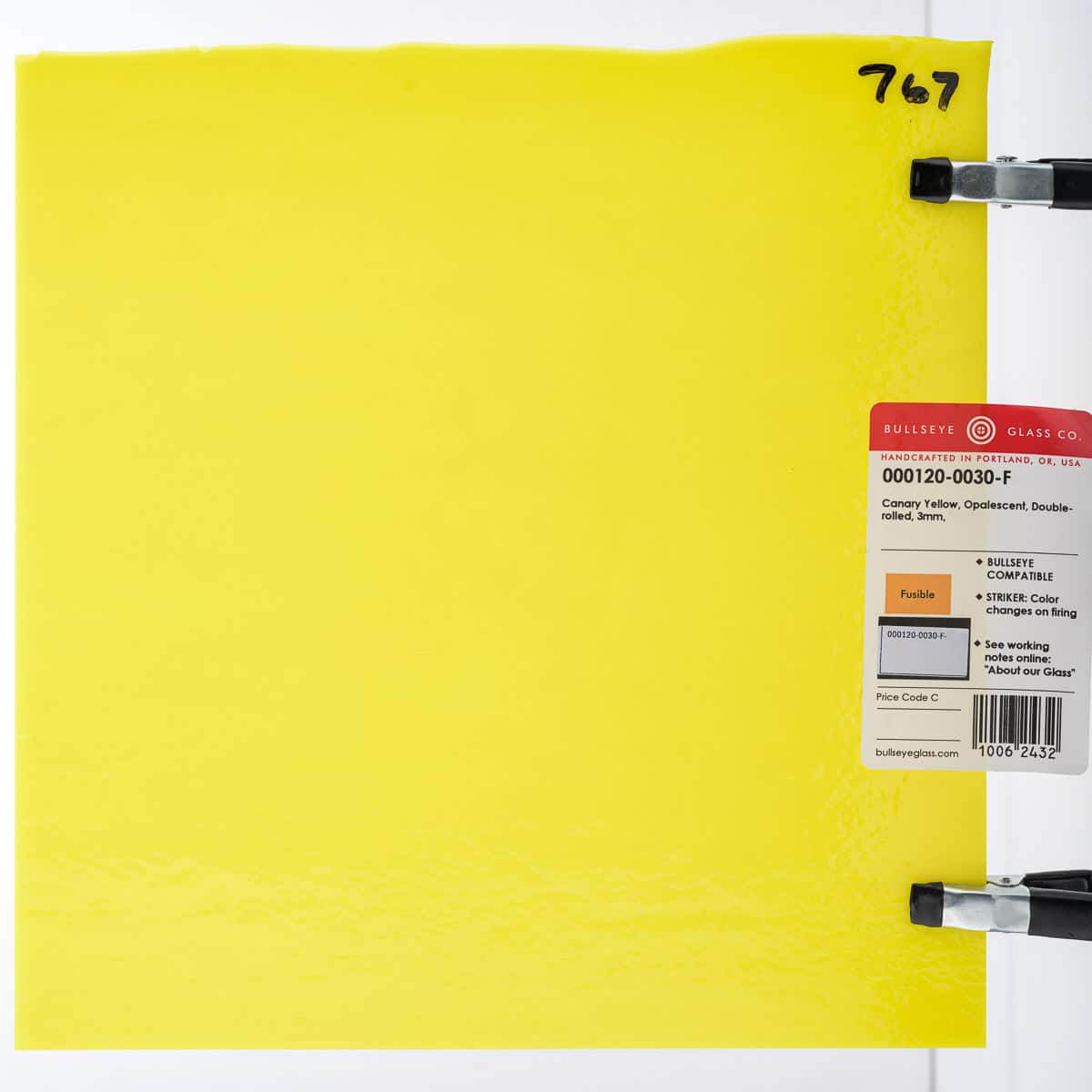
Cold Characteristics
Color variations common from pastel to vibrant yellow.
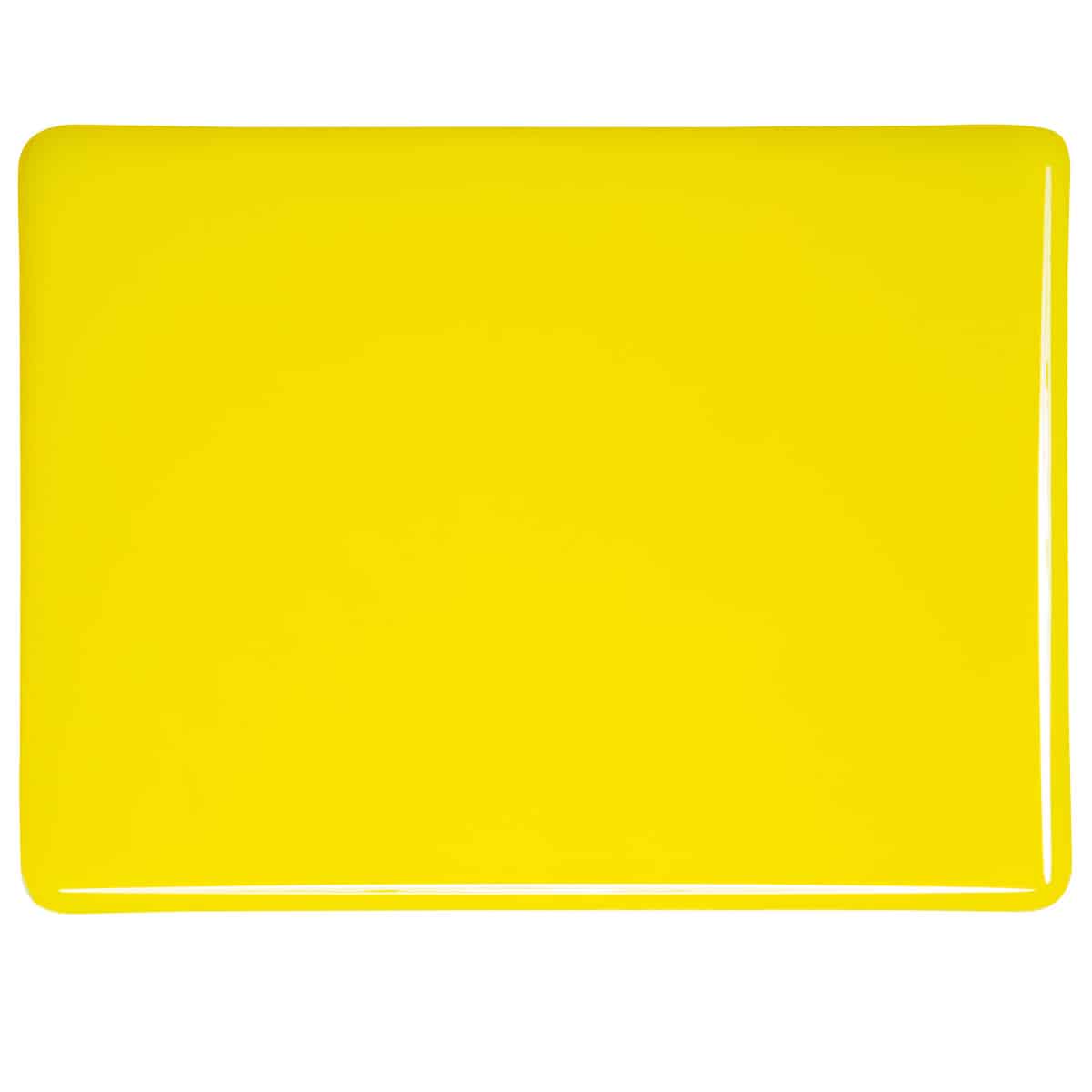
Working Notes
Lighter coloration matures and becomes consistent to target upon firing. A sulfur glass. May react with lead and copper glasses to create dark interface (lead sulfide, copper sulfide).
This style is not suitable for kilncasting because it can become incompatible when held at high temperatures for an extended period. It may also become incompatible in instances where processes exceed the parameters of the test for compatibility. Testing recommended when heatwork exceeds these parameters.
About 000120 Frit
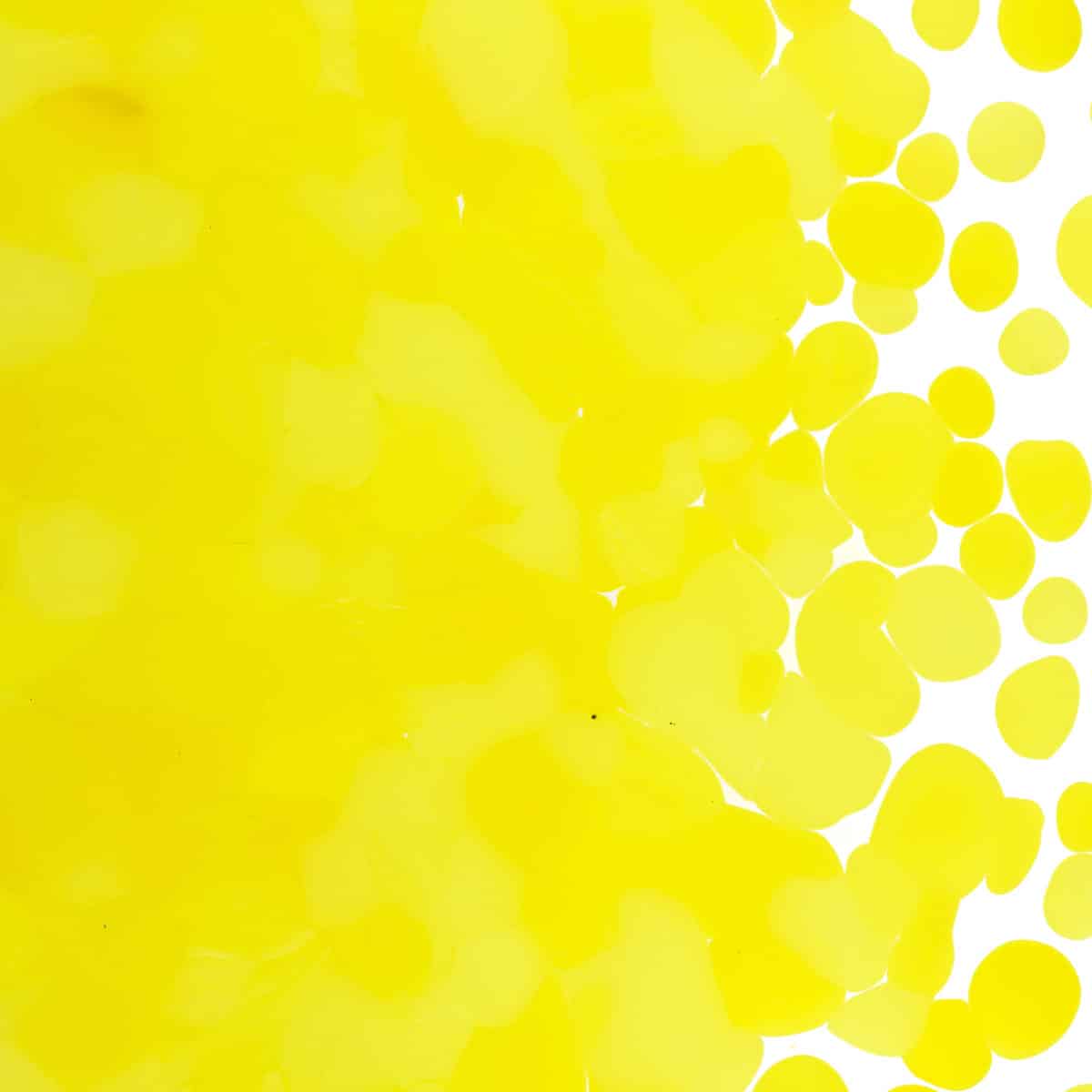
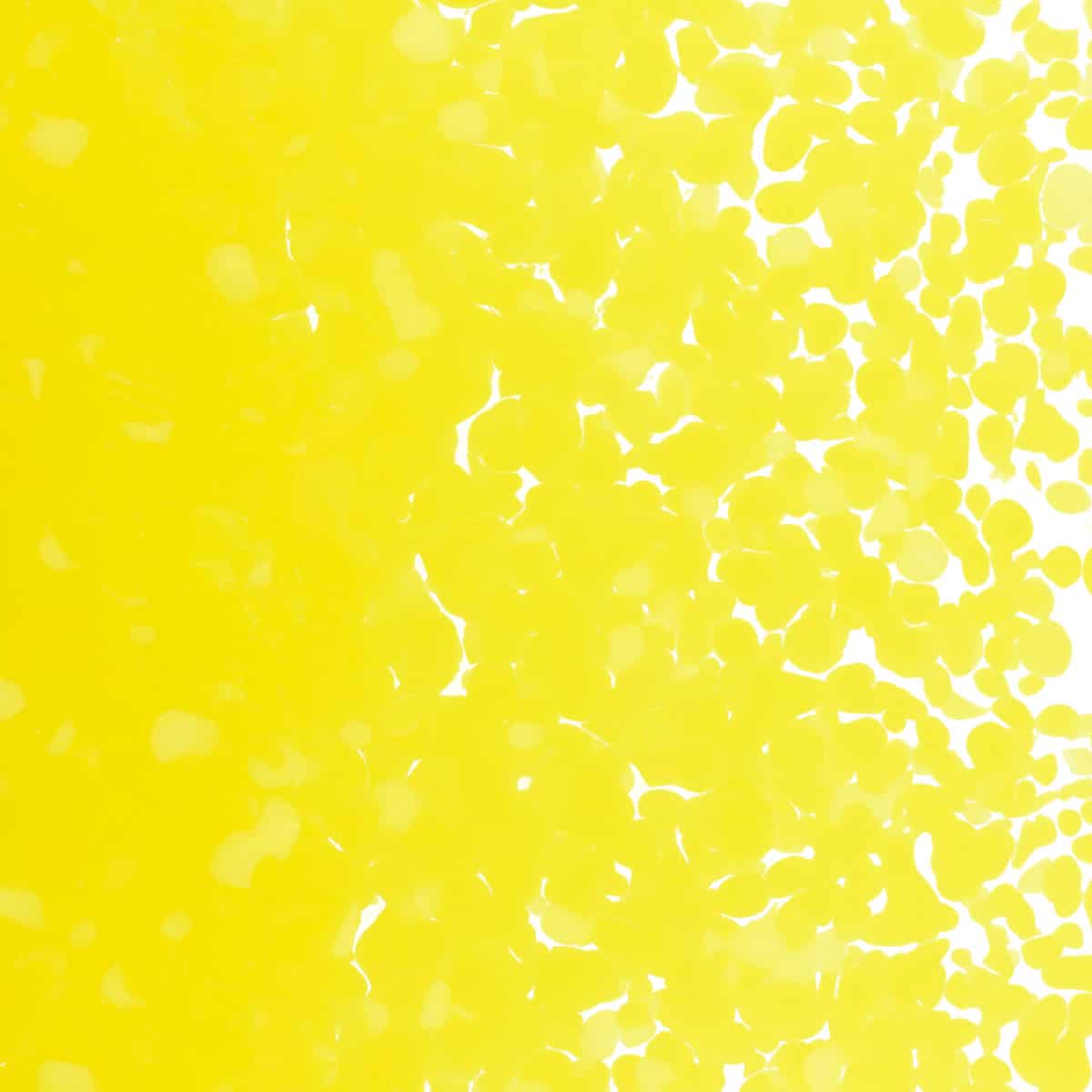
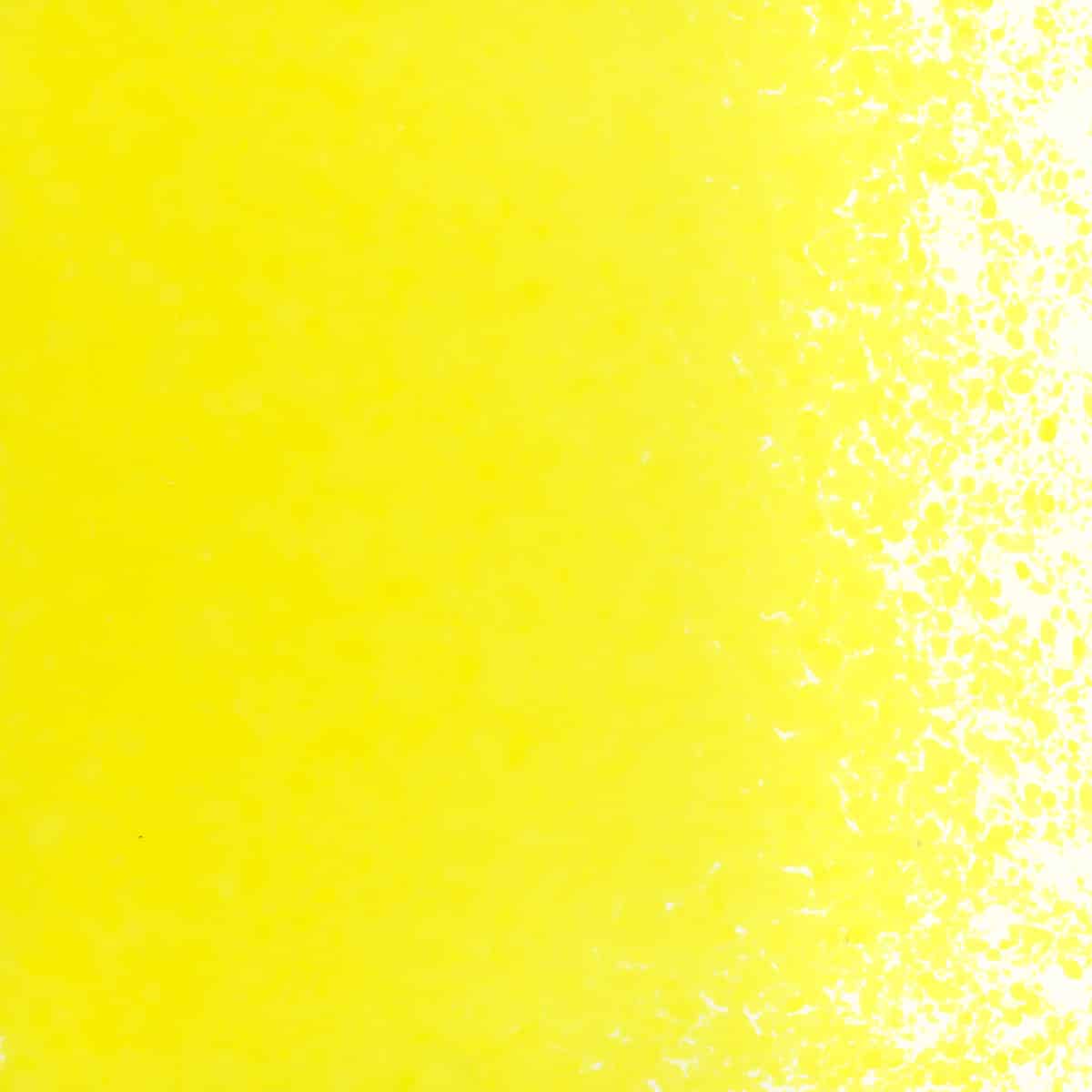
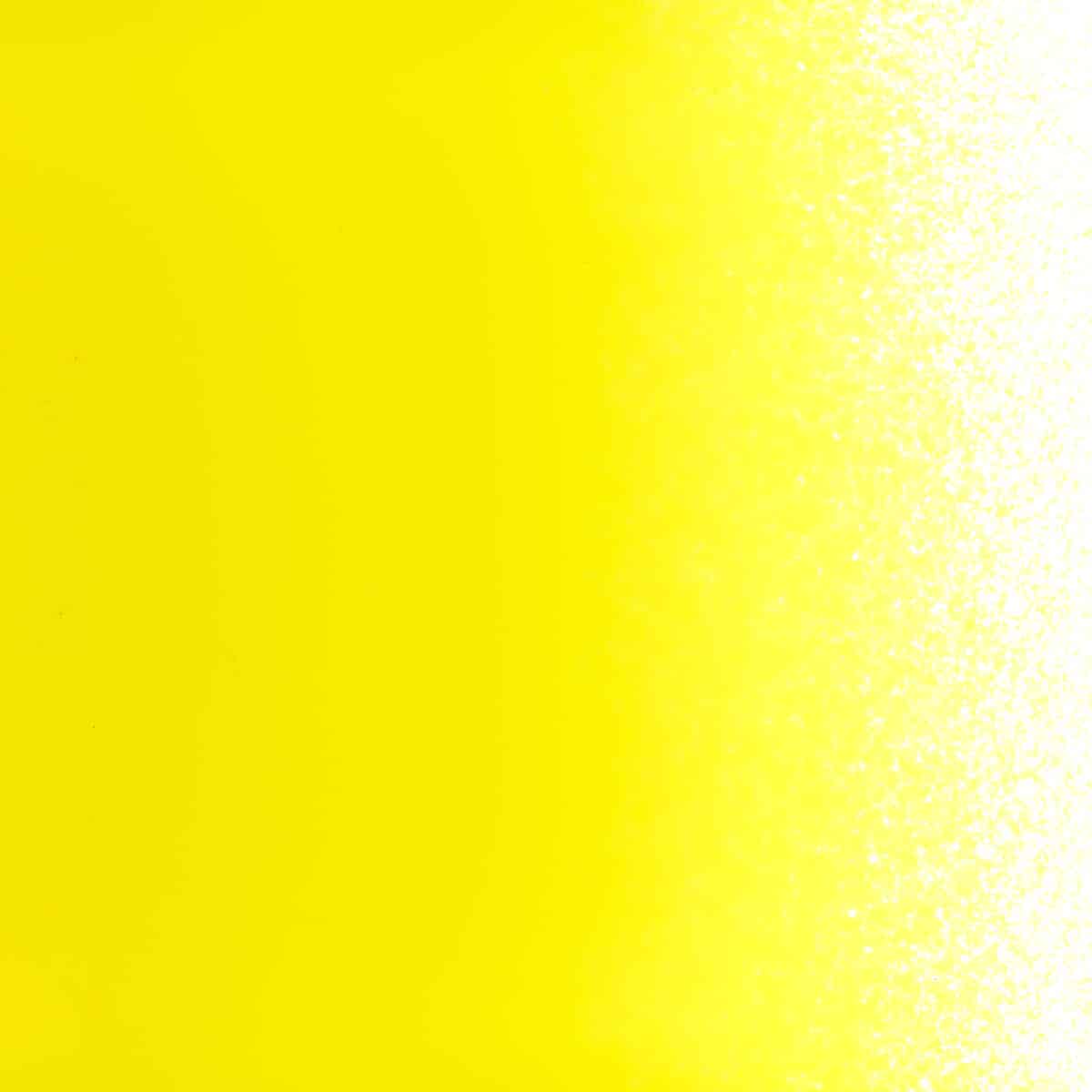
Working Notes
This style is not suitable for kilncasting because it can become incompatible when held at high temperatures for an extended period. It may also become incompatible in instances where processes exceed the parameters of the test for compatibility. Testing recommended when heatwork exceeds these parameters.
About 000120 Rod
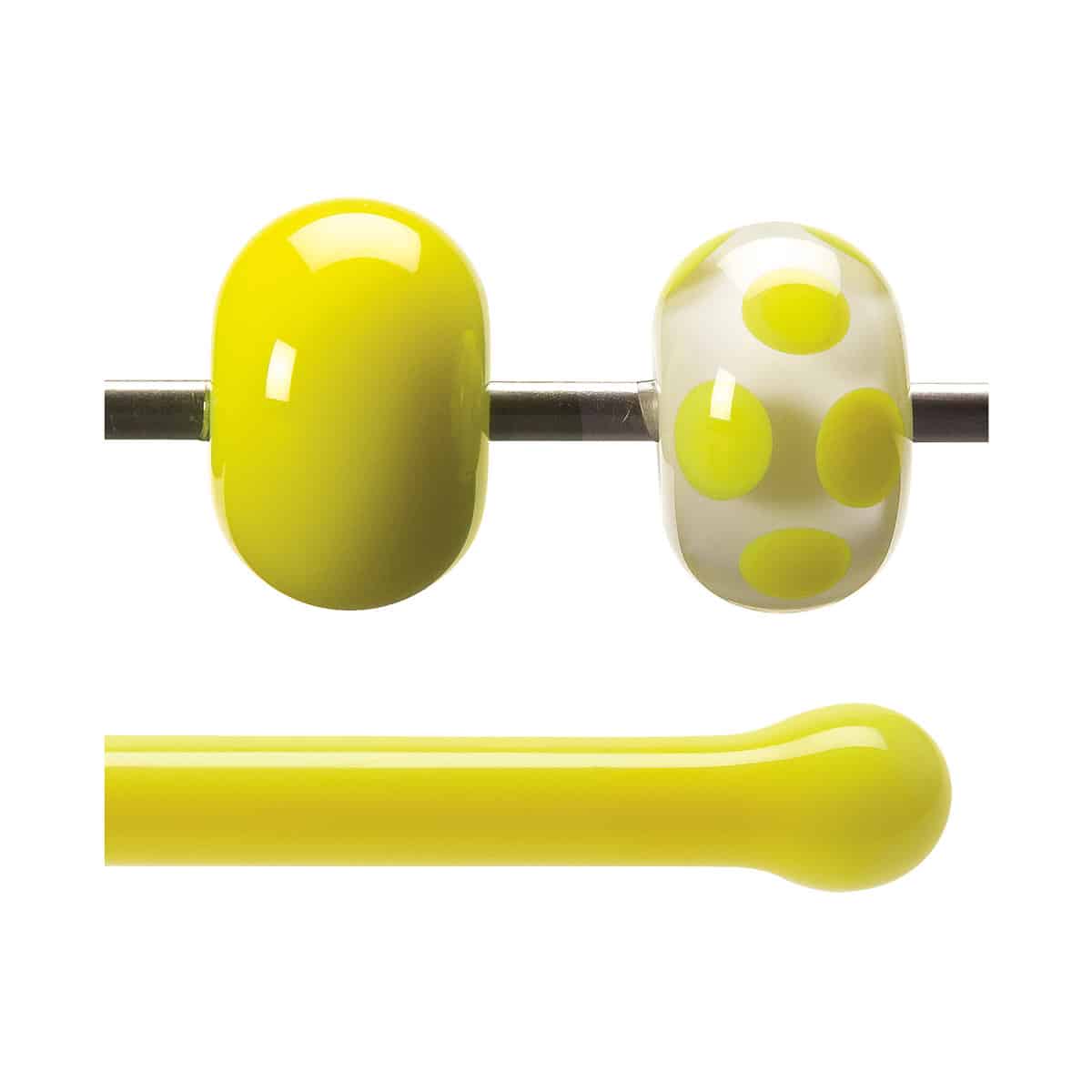
Cold Characteristics
Opaque.
Working Notes
Torch: Lighter color and greater opacity than in sheet glass form. Keep it a bright yellow by working with a neutral to oxidizing flame atmosphere. Can turn gray in reduction.
Kiln: Lighter color and greater opacity than in sheet glass form.
This style is not suitable for kilncasting because it can become incompatible when held at high temperatures for an extended period. It may also become incompatible in instances where processes exceed the parameters of the test for compatibility. Testing recommended when heatwork exceeds these parameters.
About 000120 Stringer
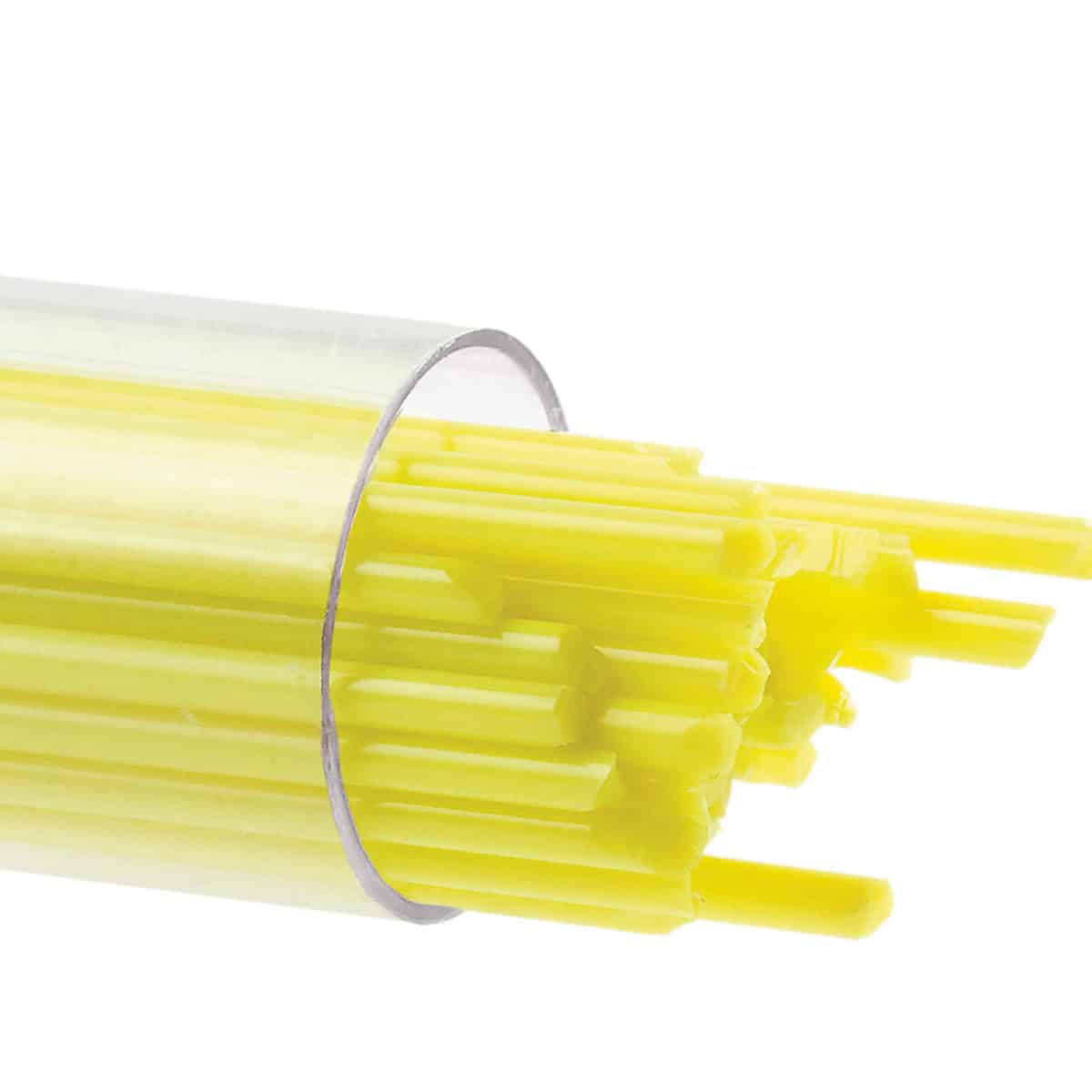
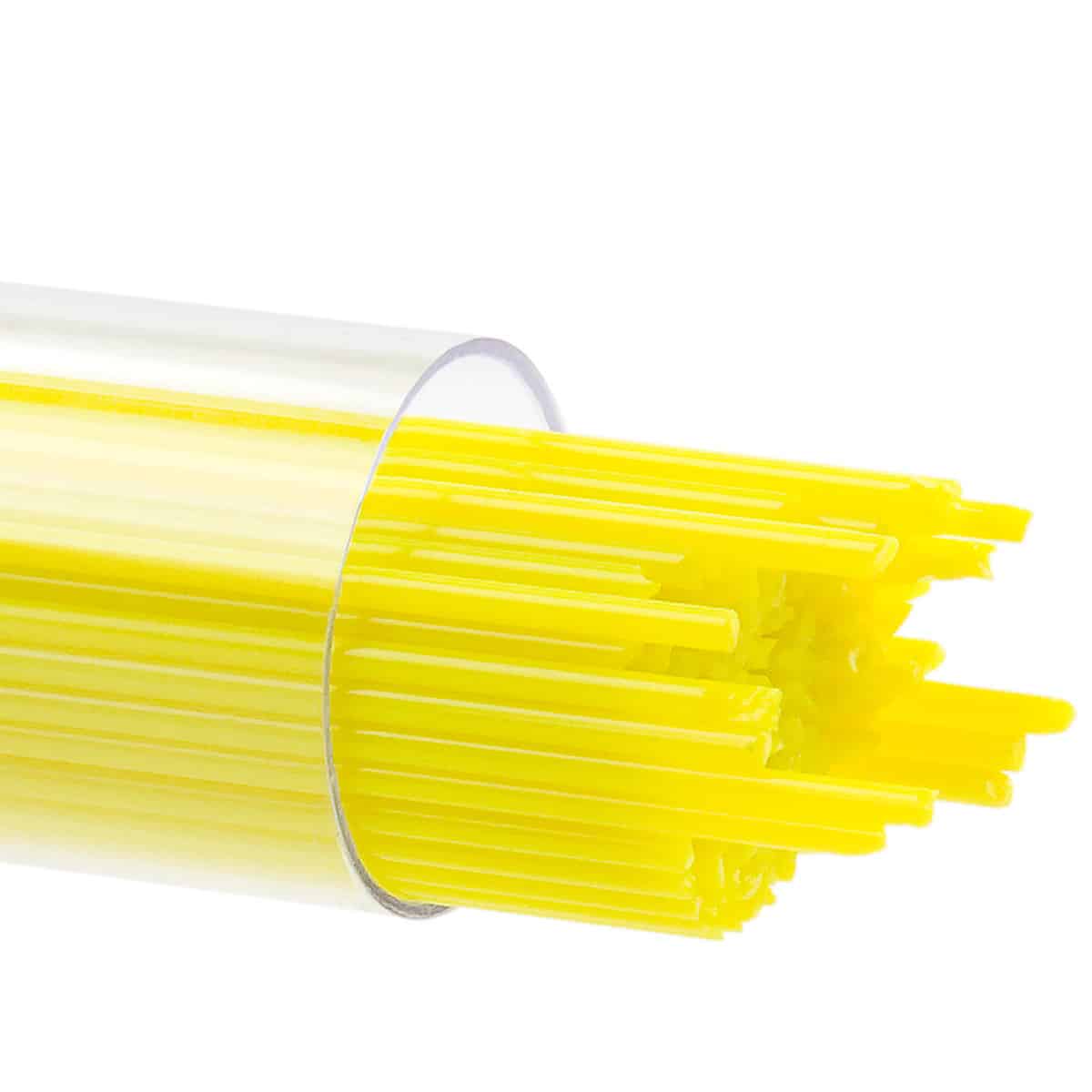
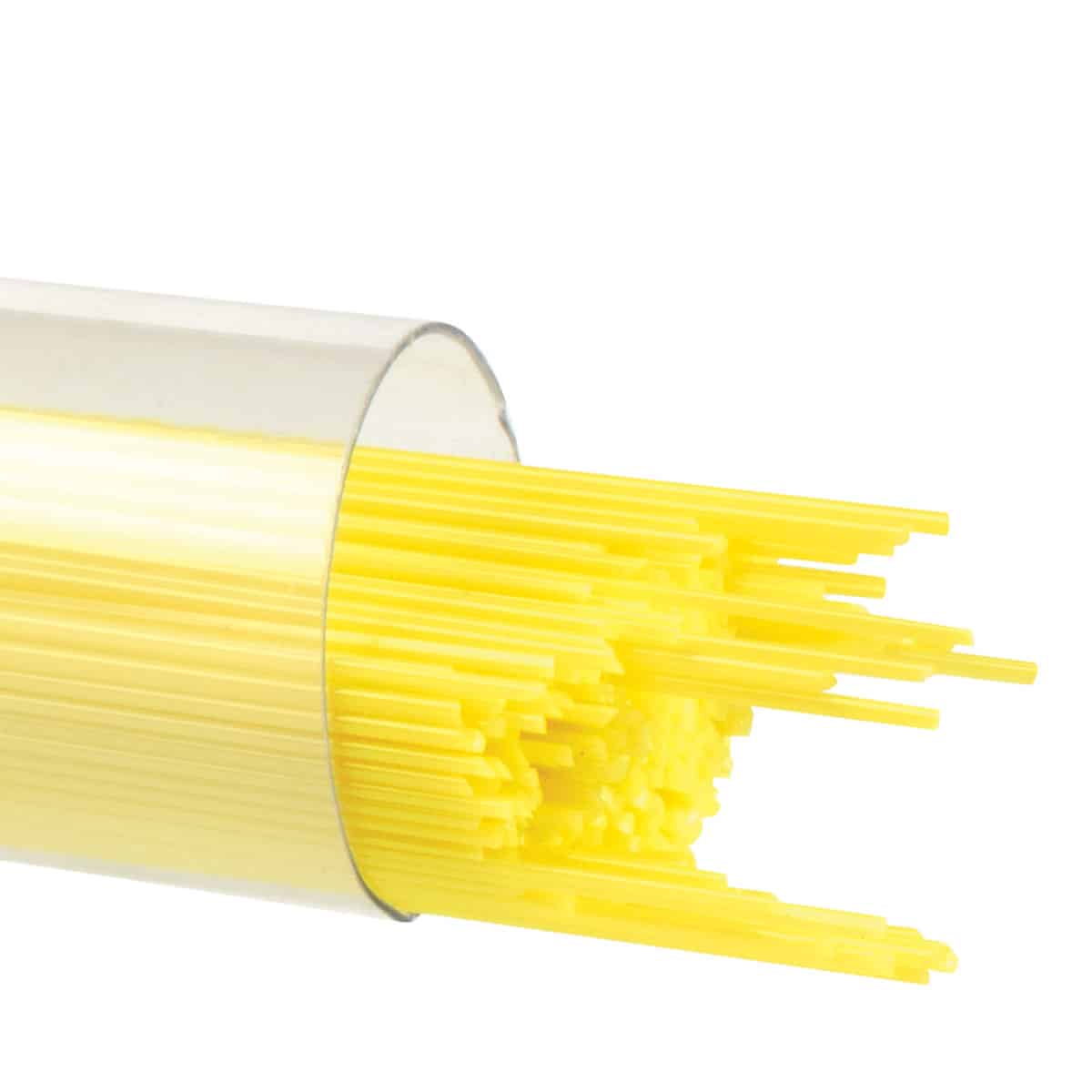
Working Notes
This style is not suitable for kilncasting because it can become incompatible when held at high temperatures for an extended period. It may also become incompatible in instances where processes exceed the parameters of the test for compatibility. Testing recommended when heatwork exceeds these parameters.
About 000120 Confetti
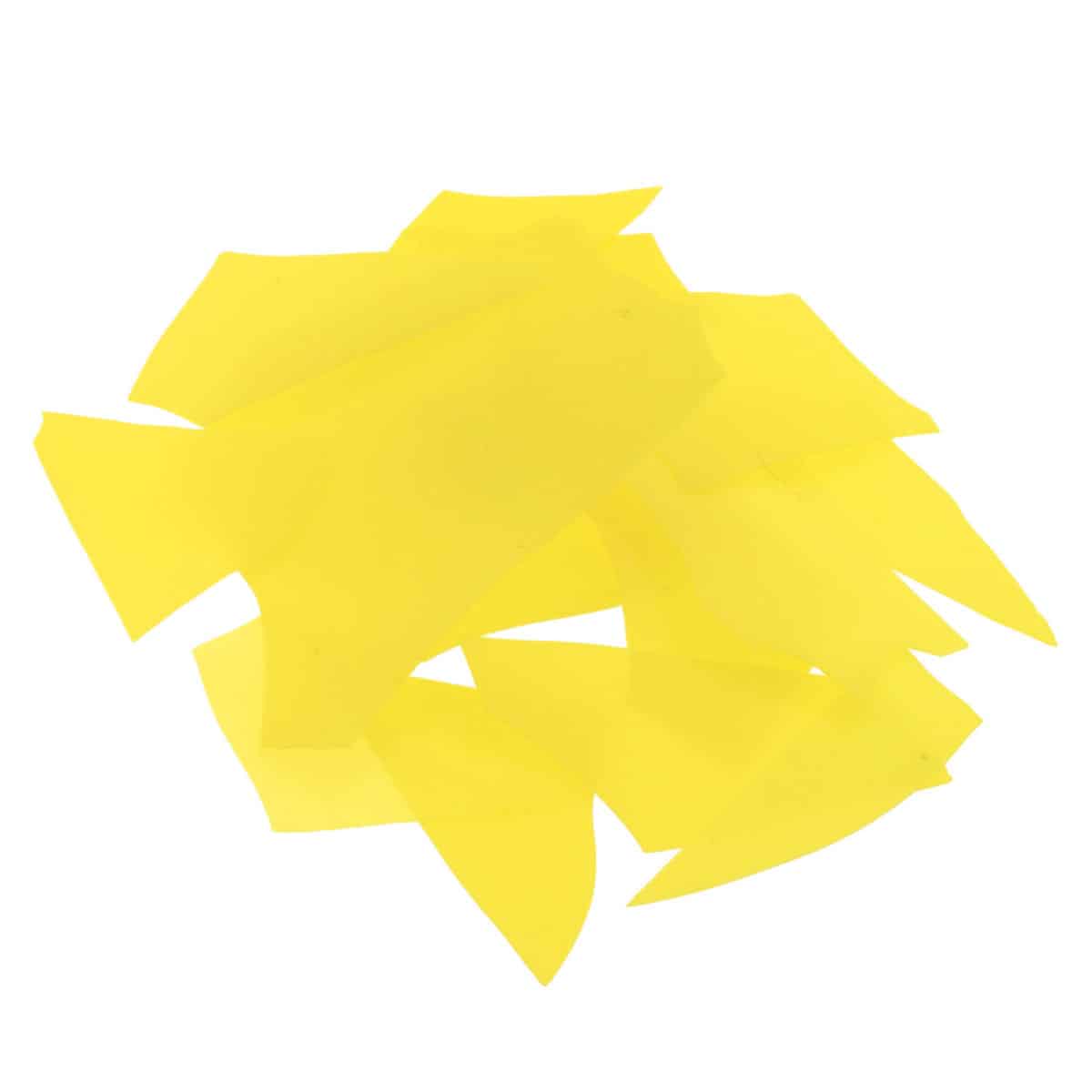
Working Notes
This style is not suitable for kilncasting because it can become incompatible when held at high temperatures for an extended period. It may also become incompatible in instances where processes exceed the parameters of the test for compatibility. Testing recommended when heatwork exceeds these parameters.
